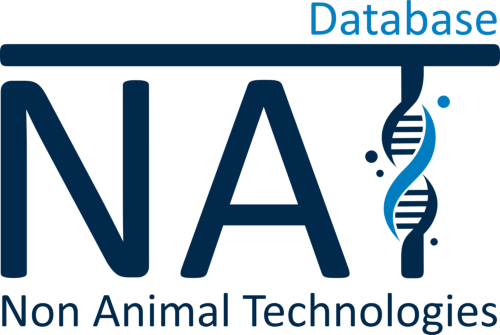Integration of transcriptomics into read-across-based risk assessment
2022
Leiden University, Leiden, Netherlands
Chemical read-across is conventionally evaluated without specific knowledge of the biological mechanisms leading to adverse outcomes in vivo. Thus the aim of this study was to integrate modes of action, thereby optimising read-across outcomes.
Exemplarily transcriptomic responses of primary human hepatocytes to various carboxylic acids were evaluated to include detailed mode-of-action data as a proof-of-concept for read-across in risk assessment. Hepatocytes were exposed to 18 structurally different valproic acid analogues for 24 h to determine biological similarity in relation to in vivo steatotic potential. Using a targeted high throughput screening assay, the differential expression of approx. 3,000 genes covering relevant biological pathways was determined.
It was shown that the transcriptomic analysis of human hepatocytes can reinforce the prediction of liver injury outcomes based on quantitative and mechanistic biological data and contribute to hazard identification.
Application of high-throughput transcriptomics for mechanism-based biological read-across of short-chain carboxylic acid analogues of valproic acid
Bob van de Water
Added on: 01-20-2023
[1] https://www.altex.org/index.php/altex/article/view/2334/version/2396





